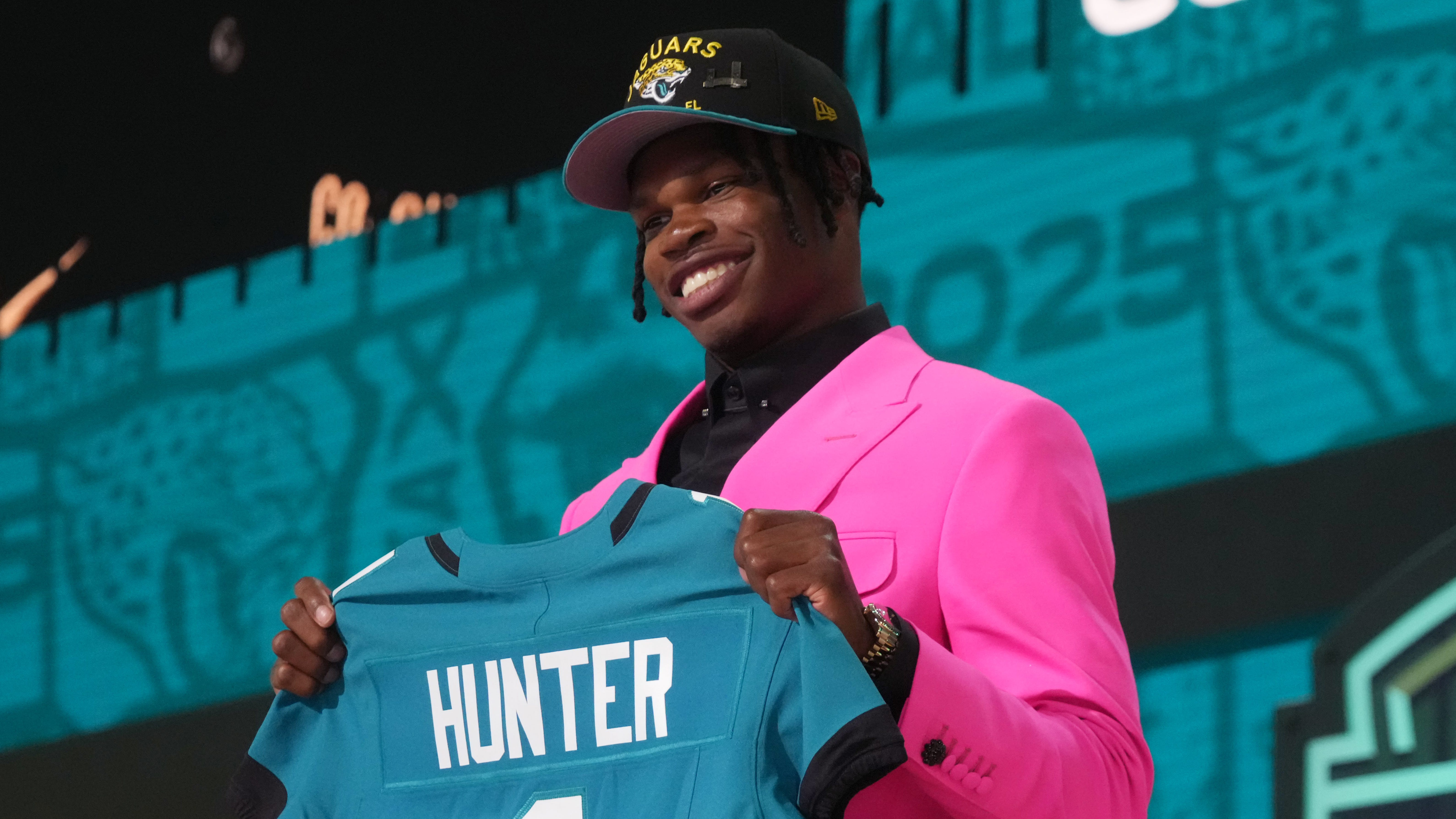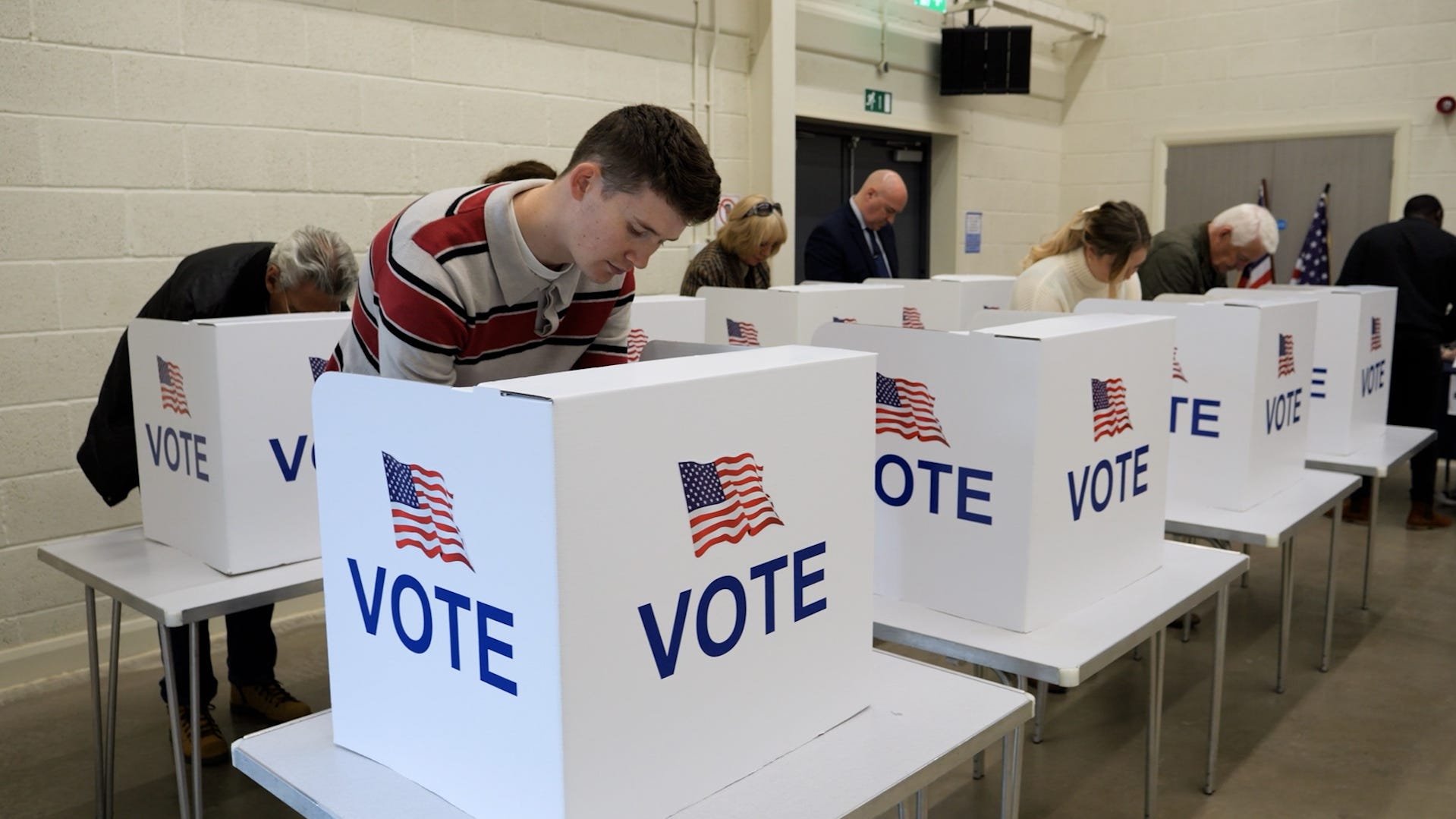
German teens say they were deported in Hawaii for not booking hotel
Two German teenagers claim they were turned away at the border in Honolulu last month for failing to provide lodging confirmation to Customs and Border Protection officers.
unbranded – Newsworthy
A federal judge on Friday said he strongly suspects that the Trump administration deported a 2-year old U.S. citizen to Honduras “with no meaningful process.”
The child was born in Baton Rouge, Louisiana, on January 4, 2023, according to court documents. The child was taken into custody by Immigration and Customs Enforcement Tuesday morning with her mother and her 11-year-old sister, while the mother was “attending a routine check-in” with the federal agency, according to the petition.
“In the interest of dispelling our strong suspicion that the government just deported a US citizen with no meaningful process,” U.S. District Judge Terry Doughty ordered a hearing on May 16 in Monroe, Louisiana.
The judge added, “It is illegal and unconstitutional to deport, detain for deportation, or recommend deportation of a U.S. citizen,” citing a 2012 deportation case.
Doughty, chief judge in the U.S. District Court for the Western District of Louisiana, was appointed by President Donald Trump in 2017.
Immigration and Customs Enforcement did not immediately respond to requests for comment Saturday.
“The parent made the decision to take the child with them to Honduras. It is common that parents want to be removed with their children,” assistant secretary Tricia McLaughlin said in a statement provided by the Department of Homeland Security.
The federal government, Doughty said, “contends this is all okay because the mother wishes that the child be deported with her … But the court doesn’t know that.”
In his April 25 order, Doughty said he tried to reach the 2-year-old’s mother over the phone, to determine whether she wanted her child deported with her, as the government contended, but was told by government attorneys that wouldn’t be possible because the mother had just been released in Honduras.
Father sought custody
After the father of the 2-year old learned Tuesday that his family was detained, his lawyer called immigration officials to inform them that child, a girl identified by the initials V.M.L ,is a U.S. citizen and could not be deported, according to court documents. The father of V.M.L., who lives in the U.S., asked that the girl be placed with a custodian who is “ready and willing” to care for her in the U.S..
According to the court filing, when the father reached out to an Immigration and Customs and Enforcement official, he was told that he could try to pick up V.M.L but that he would also be taken into custody.
On Thursday, an attorney for a family friend, who had been given temporary provisional custody of the child, filed for a temporary restraining order, requesting the immediate release of the 2-year-old, saying she was suffering irreparable harm by being detained.
Before Doughty could consider the petition and restraining order request, V.M.L. was deported along with her mother and sister Friday morning.
Government lawyers said in a court filing that the child’s mother has legal custody of the child and that she indicated in writing that she wanted to take her daughter to Honduras.
The letter, in Spanish and dated at 6:23 p.m. Thursday, reads, “I will take my daughter … with me to Honduras.”
Doughty noted in his order for a May hearing that V.M.L. and her mother were still in the air and in U.S. custody when he asked to speak with the mother. The government responded an hour later that the mother had been released in Honduras, the filing states.
ACLU responds
On Friday, the American Civil Liberties Union issued a statement stating that not only was the 2-year-old U.S. citizen deported, but that the New Orleans Immigration and Customs Enforcement Field Office deported two other children who are U.S. citizens aged 4 and 7 that day.
The ACLU said that the 2-year old and two other U.S. citizen children in a separate case, were deported from the U.S. “under deeply troubling circumstances that raise serious due process concerns.”
The second family, who was detained Thursday and deported Friday, included a child suffering from a rare form of metastatic cancer who “was deported without medication or the ability to consult with their treating physicians–despite ICE being notified in advance of the child’s urgent medical needs,” according to the ACLU.














